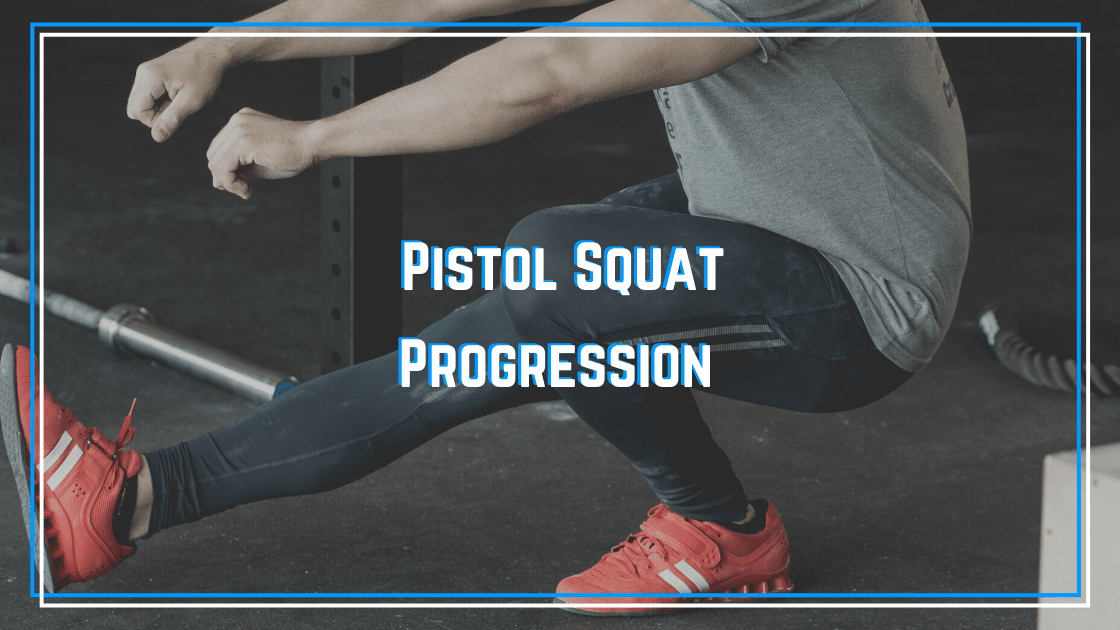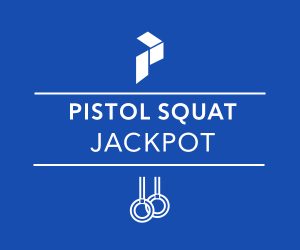Get Your First Pistol Squat
For some athletes cranking out reps of pistol squats is no issue. But if you’re reading this, you are not likely in the lucky group of athletes. Instead, the combination of strength, balance, coordination, and mobility required for the pistol squat makes this a frustrating exercise. This pistol squat progression will help you improve both your strength and your balance specific to this movement.
If your pistol squat needs more help, hundreds of athletes have gotten their pistol squat form dialed in with our Pistol Squat Jackpot program! This four-week program takes you through a progressively loaded plan to build the strength and coordination to nail the pistol squat.
Reverse Lunge to Shin
Our first movement in this pistol squat progression is the reverse lunge to a flat shin. This exercise starts us strengthening the leg unilaterally since so much of your current strength work is likely bilateral movements like front and back squats.
There are three keys to performing this movement properly to translate to your pistol squat:
- Push your knee forward with each rep to better mimic the knee position you’ll need to use when performing the full pistol squat.
- Lower yourself under control rather than flopping down to build more strength and coordination.
- Limit the push with the back leg as much as possible so that we’re focused on building front leg strength.
Reverse Lunge to Knee
We can bump the reverse lunge up a notch by lowering to the back knee. This drill will further decrease the ability of the back leg to help us return upright. If needed, start with a few folded up towels or an ab mat to raise you a bit. Then remove as able to increase the difficulty.
Pistol to Bench
The key to using a bench in our pistol squat progression is to control the full range of motion. So we will lower slowly, barely touch the bench, and then stand. Typically when athletes do a bench pistol squat, they’ll rapidly lower, fully unload their weight on the box, then rock back & forth to generate momentum to stand. This won’t create near the strength gains we’ll see when we control the movement entirely. As you progress, work to a lower and lower box or bench.
Assisted Pistol Squat
This assisted pistol squat lets us train through a full range of motion while our arms provide some balance and strength assistance. Notice how I barely tap the rig as I lower and stand. We want to focus on using as little upper body assistance as possible with this variation. Turning it into a pull-up with leg assistance won’t help you progress to a full pistol.
Counterbalanced Pistol
For many, the balance component of this pistol is the most difficult part. Others struggle with having enough ankle mobility to drop while keeping their foot flat on the ground. The counterbalance helps both situations. Typically using anywhere from 5 to 15lbs will provide just enough assistance to make this last step in our pistol squat progression easier. As you improve, use lighter and lighter weights.
Pistol Squat
Finally, you’ve built the strength, control, and coordination needed to start cranking out full range of motion reps of the pistol squat! Congrats on hitting your goal and sticking to the plan!







